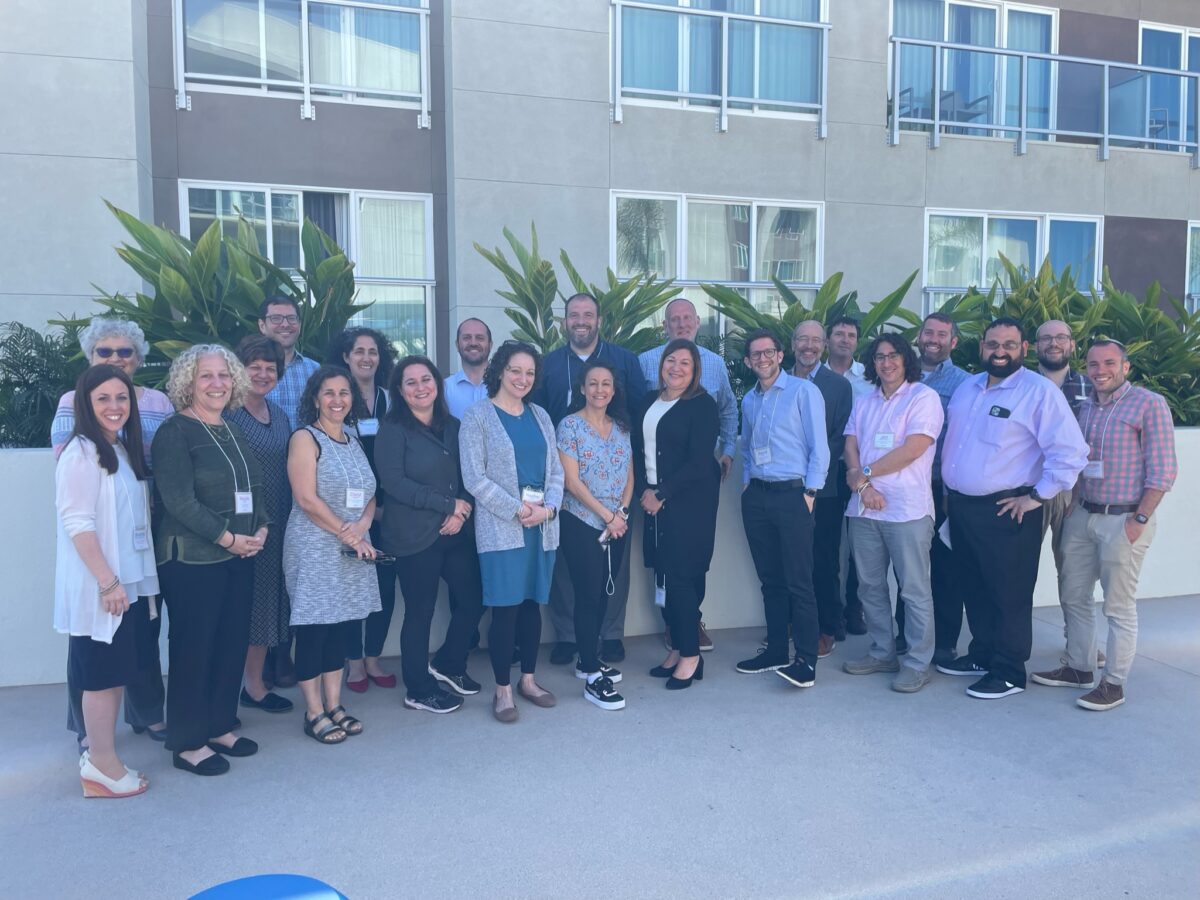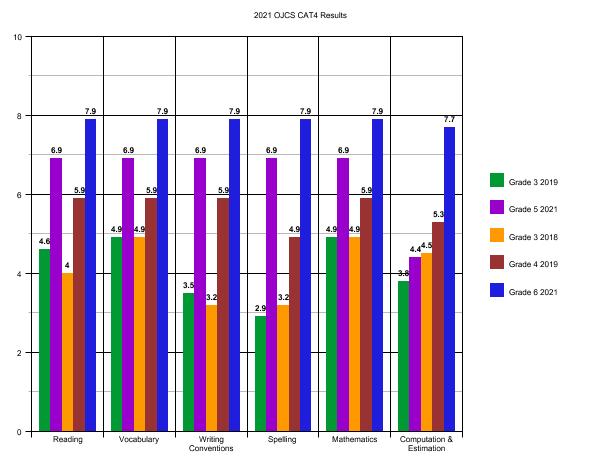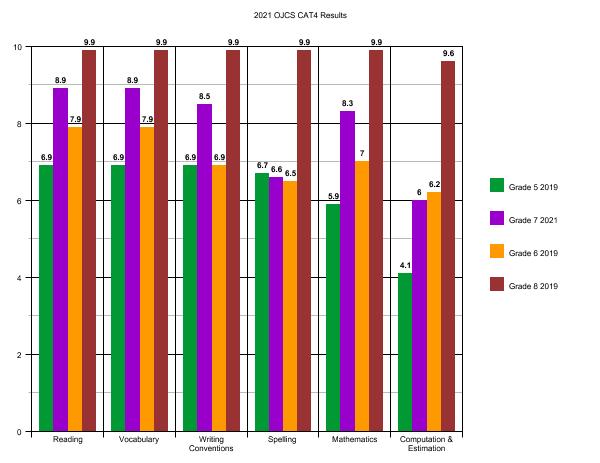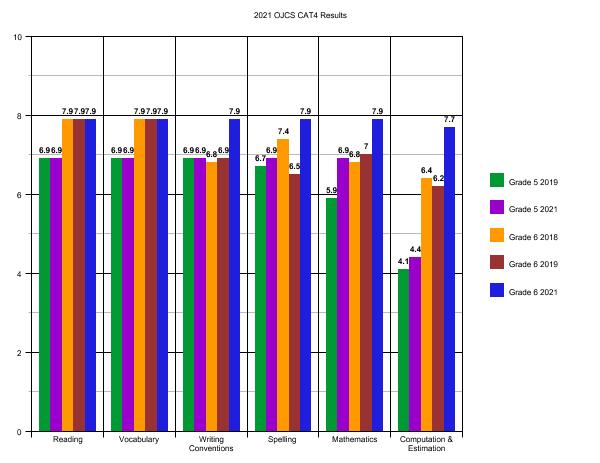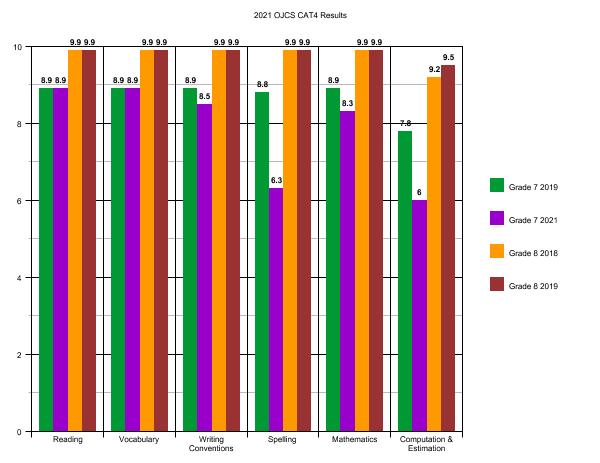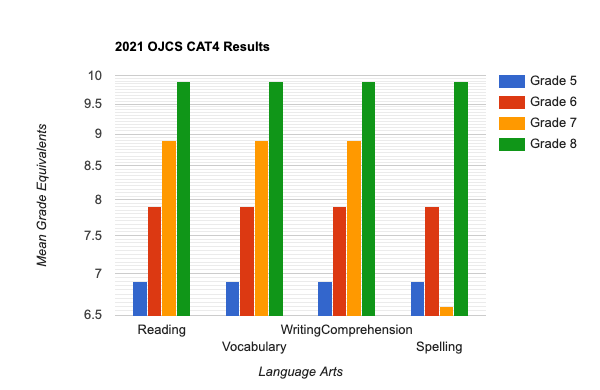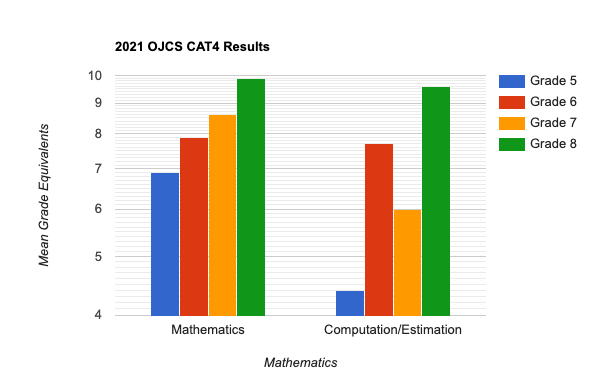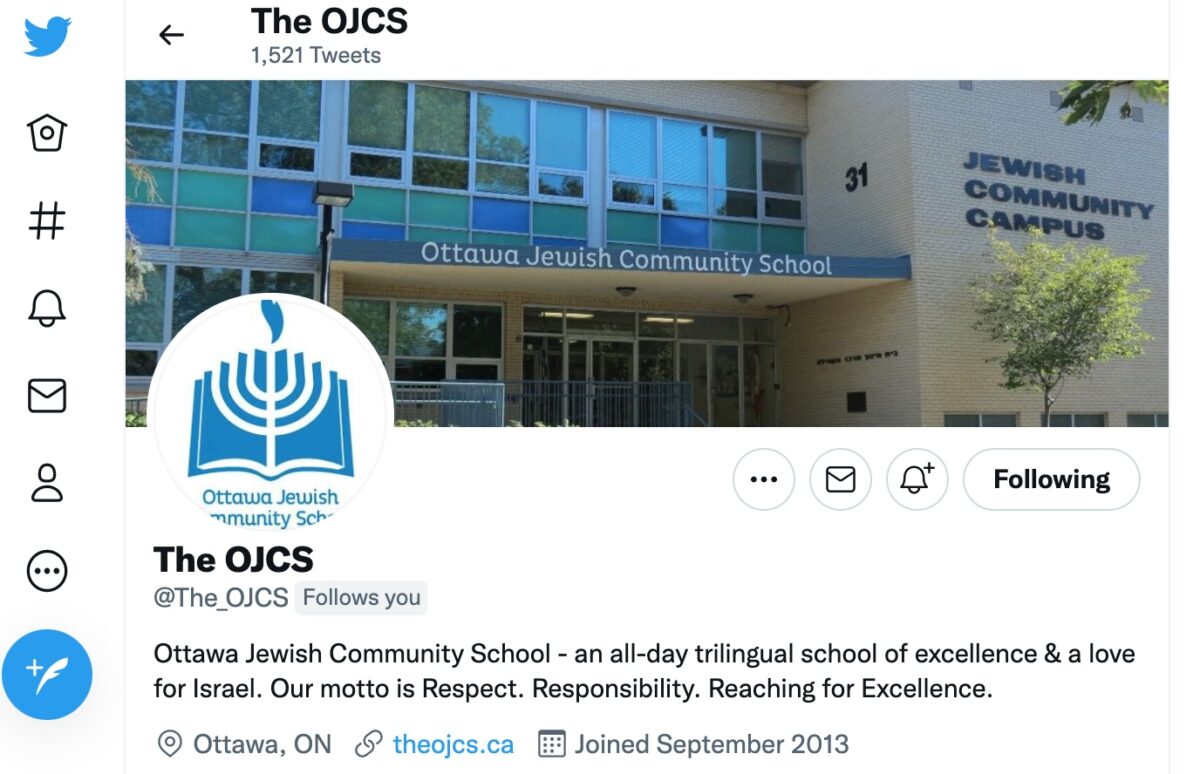Yes, you read that correctly…even if I needed help to write it!
🙂
This will be a short (if and only if, you skip the entire middle section which is all background information!), but sweet announcement that we imagine will put smiles on the faces of all those who have advocated for greater contact time with French language at OJCS.

First – thank you to everyone who took the time to fill out an Annual Parent Survey this year! My sharing and analysis will, hopefully, be the subject of next week’s “Transparency Files” blog post.

Second – let me walk you oh so “briefly” through the conversation and work we have put into amplifying, expanding and improving French language outcomes at OJCS over these last few years.
In November of 2017, we laid out the big questions we had about French outcomes at OJCS and what our plans were for beginning to answer them.
In February of 2018, we shared back (in person by way of a “Town Hall” and through a blog post) the first set of answers to those big questions and made our first set of commitments in response. That included:
- Conversations with parents about their hopes and expectations for maximal French contact time need to begin during the admissions process. Students who may require additional support to place into “Extended” need to be identified early.
- The selection process in Grade 3 will be more rigorous, begin earlier, come with more parental engagement, etc., so that students who do continue into “Extended” for Grades 4 and higher are even better prepared for Grade 9.
- We will increase the rigour and immersive experience of what contact time we presently make available. We need to squeeze every moment of immersive French possible.
- We will provide additional extracurricular contact time with French through clubs, lunch, etc.
- We believe we will be able to adjust our schedule to increase contact time with French. Stay tuned!
In April of 2019, we announced a $50,000 donation to strengthen French language learning at OJCS, and shared the following set of updates to our families and community:
- We adjusted our schedule to increase contact time with French. Students in OJCS have more contact time with French in each grade (except K which was already frontloaded).
- At OJCS, the FSL (French as a Second Language) faculty has made a commitment to speak French with their students everywhere in the school, so if you were to walk through our hallways, you would hear us speaking French to our students, increasing the interaction and contact time with our students.
- Our enhanced FSL program with its consolidated class time (blocks of periods), all within a trilingual school where the francophone culture is alive and regularly celebrated, produces students capable of successfully communicating and learning in French.
- Students practice their language skills in various environments, such as on the playground, and during coaching on our various OJCS sports teams.
- Our FSL faculty is committed to offering authentic OJCS learning experiences.
In May of 2019, we announced that the Ottawa Jewish Community School would be the first private school in Ontario to partner with the Centre Franco-Ontarien de Ressources Pédagogiques (Franco-Ontarian Centre for Educational Resources) or CFORP to implement the TACLEF program. (Please know that our work with TACLEF was generously supported by a grant from the Jewish Federation of Ottawa.)
Over a two-year period (give or take due to many COVID “pivots”) CFORP introduced TACLEF, La Trousse D’acquisition de Compétences Langagières en Français (loosely translated as a “French language acquisition ‘kit'”) to the French teaching staff at the Ottawa Jewish Community School and offered individual mentoring in its use. This approach strengthened team building and permitted a better understanding of a skills-based teaching/learning approach as it develops language proficiency in French language learners.
In January of 2020, I provided the community with an update on the consultancy, including…
…the greatest impact is ensuring that all three strands (reading, writing and oral communication) are built into almost every activity and evaluation. It has also given us new resources and strategies for delivery of instruction, classwork, and homework (in addition to evaluation).
…by providing us with a detailed roadmap, we can prepare all our students – particularly the ones who land in Extended French – as if they were going into French immersion. It is too soon to be more specific, but over the remaining months of the consultancy we will have greater clarity about how to adapt our program (with what supporting curricular materials we will need) to prioritize that outcome.
There is no doubt that COVID has impacted our ability to fully implement all of the above, but progress continues to be made each year. This year’s highlights include a significant investment in French curriculum with a focus on leveled readers in support of reading comprehension.
And now you are fully caught up!

Third – here is a little context to better understand the announcement.
When trying to make comparisons between our French program and that of the public board, let’s look at an “apples to apples” comparison. It is our understanding that students in French immersion at Sir Robert Borden High School (public) in Grades 7 and up have 740 weekly minutes in French allocated as follows:
- French 200 min
- Physical Education / Dance 200
- Health 40
- Science 150
- History / Geography 150
In comparison, currently students in “Extended French” at OJCS in Grades 7 and up have 400 minutes in French allocated as follows:
- French 240 min
- History / Geography 160
Clearly, 740 is more than 400, and no one is making an educational argument that when it comes to language acquisition that more isn’t better. And we have stated in the past that adding more contact time in Science is complicated (both because we appear to offer more contact time in Science education than SRB in general and because it would require additional staffing/tracking), but knowing that it is essentially science vocabulary that our students are lacking to bridge the gap opens up solutions that don’t automatically require us to reinvent the school.
But there is something we can do – and are announcing that we will do – as soon as the 2022-2023 school year. We are thrilled to share with you that beginning next year the OJCS will begin the process of transitioning our PE program to a French-language PE program!
We are not yet prepared to tell you the “who” – other than it will be legitimate French teachers (not simply PE teachers who may speak French) with background and experience (not simply French teachers who may know how to shoot a basketball) – and we are not yet prepared to tell you the full “what”. There is a curriculum that needs to be adapted and/or created; a curriculum that adds value, not just time, to the current French program. But we do believe that adding an additional 120-200 minutes per week in French language exposure/education/contact time in another subject found in French immersion is a really big deal that is going to make a really big difference in French outcomes at OJCS. (And, yes, we will be fully prepared to support those students for whom French is a challenge to ensure their legitimate PE needs continue to be met.)
We have come a long way towards closing the gaps between “Extended French” and “French Immersion” over the last five years – we see it in our outcomes and in our graduates. But whereas those gaps have begun to close in terms of content and quality, this gap really does start to close the gap in terms of time.
This is a big deal and a big step forward for French at OJCS.
And we aren’t done yet…not even close.



